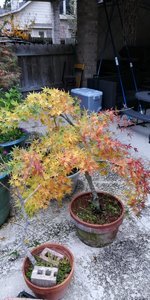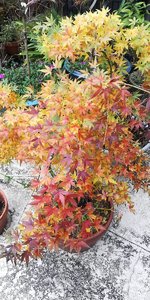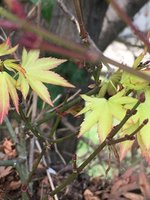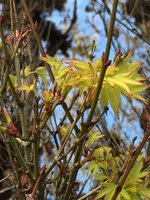Thanks to the replies, I finally stopped procrastinating and researched more on humus and humic acids.
I’ve been wanting to switch up to organic ferts and Gro Power, and stop using Best and other synthetic ferts (due to its’ salt buildup, short term effects and zero improvement with soil conditioning).
Humus and humic acid really sounds like it has all the right stuff to help the JMs in SoCal (as well as other plants and areas of course):
Reduces excessive alkalinity
Neutralizes and regulates pH
Aerates and loosens soil, improved tilth and porosity
Improves CEC and water retention via ionic molecular changes
Flushes salt and other toxic buildup
The most concentrated organic substance
Stable, long lasting, long term organic biomolecules, can last thousands of years in your soil
Countless benefits to plants
There’s several other articles upon Google search; but here’s one of them w/ a good summary:
Earth Smart Solutions is an Authorized Distributor for Humic Growth Solutions, a world leading manufacturer and supplier of bio-stimulant products. Established in 2013, the company produces certified organic humate products for agricultural, horticultural, turf, ornamental, and hydroponic...

www.earth-smart-solutions.com
I will def try Gro Power next Spring and will make the switch! Excited to try it out!
I called a few local landscape supply shops and asked about it, and they said it’s def much better than the Best fert I was using and actually got from them too (Gro Power is also twice as expensive though).
Humus, Humic Acids and Gro Power sounds waaay better than the Dyna-Gro's Grow 7-9-5... which is a liquid concentrate (very time consuming to use), synthetic and honestly doesn't sound any different than the typical generic Miracle-Gro ferts from Home Depot.
As far as Dyna-Gro's Pro-Tekt and Silica/Silicon... I tried researching on it, and there's some articles that raved about it, but also some that stated that it doesn't do anything compared to the Control. There was also an article or two that said plants cannot absorb nor flow silica through it and inside the plant (so it's useless). Seems super gimmicky. It's also synthetic.















